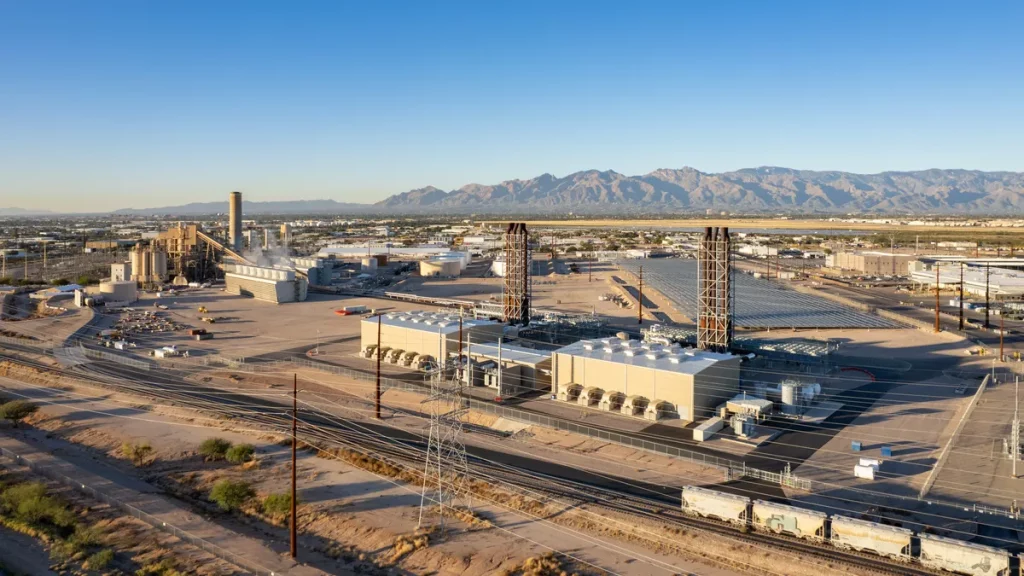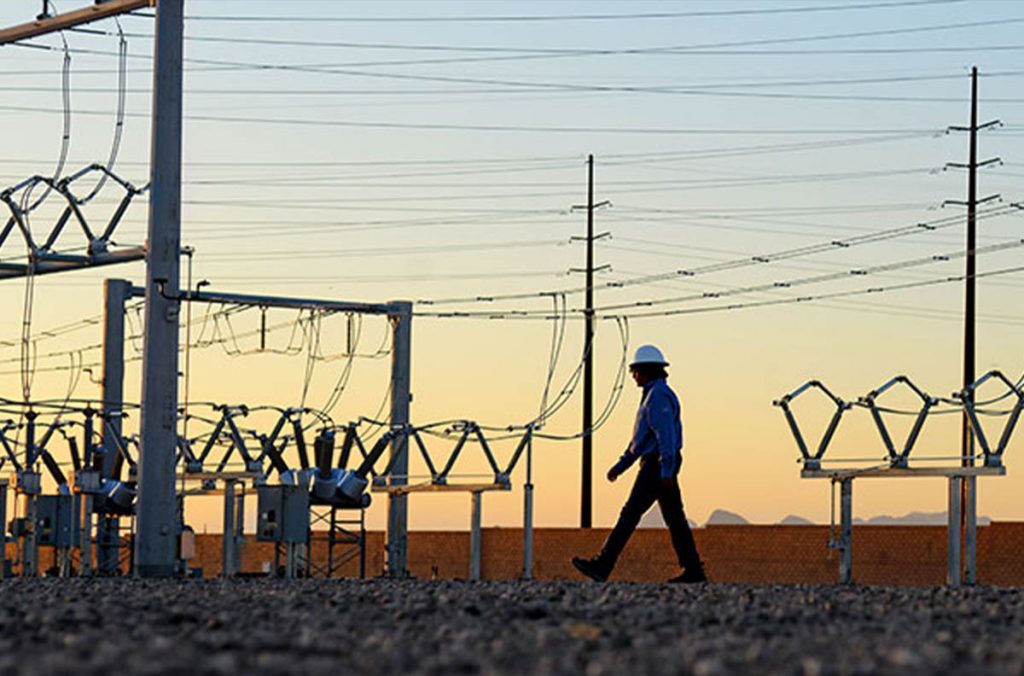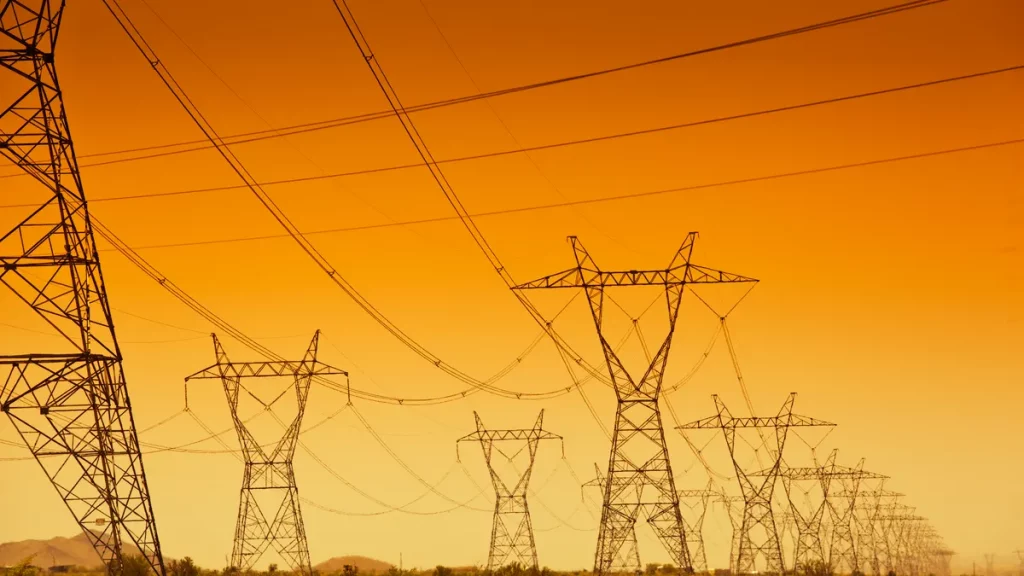Tucson Electric Power (TEP) is charting a bold course toward a carbon-free energy portfolio by 2050, with a full exit from coal planned by 2032. As part of its transitional strategy, TEP is leaning into small, flexible power generation to support grid reliability and complement its growing renewable energy portfolio.
In 2020, TEP commissioned a new power station featuring ten high-efficiency, gas-fueled engines on a legacy site previously home to mid-20th-century coal and gas turbines. Now part of the California Independent System Operator (CAISO) energy imbalance market, the new facility has become so responsive that CAISO operators have had to limit how often they dispatch it, risking the exhaustion of its air permit’s allowable starts before midday.

These engines are strategically deployed during morning and evening ramp periods, as well as overnight, allowing TEP’s solar assets to dominate during daylight hours. According to plant operators, the flexibility of these engines is so valuable that they’d gladly add ten more if given the chance, especially as coal plants retire and grid stability becomes increasingly dependent on nimble resources.
Toward Net Zero with Clean Fuels
TEP’s engine-based strategy is not just a stopgap. These modern thermal units are poised to transition to clean fuels like green hydrogen as the technology matures and supply chains develop. Today’s engines can already blend up to 25% hydrogen by volume, and manufacturers are on track to deliver 100% hydrogen-capable engines by 2026. This evolution positions utilities to make near-term investments in dispatchable resources that can adapt to a carbon-free future.
As the energy sector shifts away from the “bigger is better” model, TEP’s modular, flexible approach offers a compelling blueprint. By investing in engine-based plants alongside renewables and storage, utilities can follow a low-risk, future-ready path toward decarbonization, without compromising reliability.


